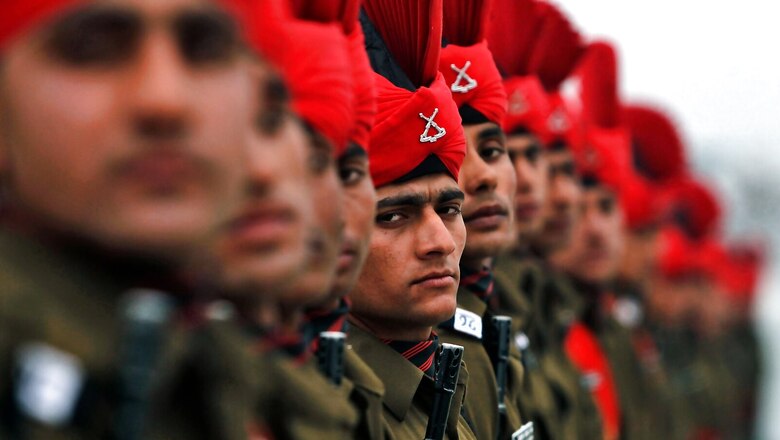
views
So much has been written, discussed, and politicised about this issue that this article may not draw attention. Yet what has triggered this write-up? It is a sense of disappointment after reading some suggestions that the Agnipath scheme of Tour of Duty should be rolled back because a former JMSDF (Japan Maritime Self-Defense Force) sailor shot dead the former Prime Minister of Japan, Shinzo Abe. Implying that Agniveers after four years of armed service tenure could become gun-toting lose cannons and go around shooting and terrorising people. It is sad to see that the assassination of a great transformational political leader of Asia is being politicised in such a nihilistic manner.
The investigation of the assassination case is still in progress and, therefore, to draw any conclusion will be erroneous. It has been reported that the accused, 41-year-old Tetsuya Yamagami, has stated to the police that his mother had become an avid follower of a group called the Family Federation for World Peace and Unification and made huge donations. She is supposed to have sold her property for donations and declared bankruptcy. Yamagami suspected that ex-PM Abe had close ties with the organisation. Police investigations are in progress. Yamagami’s three years of service with the JMSDF do not have any linkage to the use of the weapon in the shooting. He manufactured the gun himself and practised shooting on a wall to improve his aim; bullet holes have been identified by the police.
As far as cases of misuse of weapon-handling experience in the armed forces for murder/assassination are concerned, India or other democracies don’t seem to suggest that. It is the state of mind and depression of an individual that often lead to extreme actions as is also emerging in the case of Yamagami. In a country like Japan where owning a weapon is prohibited, the use of a homemade weapon is even more difficult. The desire for revenge must have been very strong that led to this assassination. The short military service hasn’t contributed to the assassin’s action.
In the last few months in the USA, there have been a number of gun violence cases. None of these have been by former military personnel despite the fact that owning a firearm is so much easier there than almost anywhere else in the world. Even in India, there have been more cases of gun violence by serving CAPF personnel than the retired, well-trained fraternity. In almost all cases, mental depression seems to have been the contributing factor.
Coming to the Agnipath scheme, it is too early to comment on its efficacy. Despite the public outrage, most of which was due to ignorance, the response to the scheme has been overwhelming. One of the reasons is unemployment amongst the youth who are looking for any and every opportunity to work and are willing to try out a programme under which 75% of the selected candidates would have to migrate into new avenues for which the government has committed to making provisions. It is only after the first lot of Agniveers complete four years of service that the assurance by the government will be put to test. Indian youth are better exposed to the digital world today than ever before. Their technical outlook and skilling should make them even more confident to venture into new opportunities in the private and public sectors. They will certainly be better prepared.
With the Army being the largest and most manpower-intensive service, the apprehensions amongst veterans are natural. While listening to a conversation of a former Chief of Army Staff, one gets the impression that with 25% absorption each year, the ethos of the regimental system is unlikely to alter. Of the total number of Agniveers joining the Army, their distribution would be to various arms of the service, not all will join the infantry which is the most manpower-intensive. It is estimated that at any one time, 10-15 Agniveers will be in any one battalion, which equals the numbers of soldiers in various stages of transition even otherwise, such as leave, courses, deputation, attachments, etc, and our battalions are handling these turbulences well. Also, as the scheme progresses and the shortcomings get identified, the government would possibly make amendments based on recommendations. It is nigh impossible for any government to ignore the security concerns of the country. Two possible areas which could be relooked are increasing the percentage of permanent absorption and also the tenure of Agniveers from four years to five or six years.
It must also be borne in mind that the armed forces are gradually moving towards the induction of drones and machines using artificial intelligence. The conflicts will invariably begin with non-contact warfare, such as cyber, electromagnetic interference, malware attack on the enemy’s critical infrastructure, etc, which would reduce human indulgence, thereby reducing the numbers of combatants required on the frontline. We are in transition towards less manpower-intensive warfare and, therefore, now is the time to introduce changes even if it requires tweaking a few years down the line. The armed forces have accepted challenges and they will even this time around. The training patterns, contents, and duration will have to undergo modifications. This transformation is necessary for technically savvy future warfare.
As far as the Navy and Air Force are concerned, they are slightly more technical than the larger arms of the Army. The induction of Agniveers from ITIs may be a better option. If some technical skills already exist then those individuals can be identified during the basic six months of training and even later. Their on-job training should make them proficient in handling and operating more complex systems.
Apprehensions need to be addressed by a modification to existing training patterns and making the scheme successful rather than writing an epitaph even before it has taken effect. The government too would have to address the insurmountable problems, if they cannot be fixed even after modifying existing patterns.
The scheme will bring down the average age of soldiers, sailors, and airmen, which will make the armed forces less risk-averse. If the government machinery collectively lends its shoulder to the scheme and mitigates the apprehensions, particularly post-release employment of skilled manpower, Agnipath would turn out to be a transformational scheme. It must be remembered that nothing is cast in stone, not even a suggested scheme. Change is the only constant and change we will.
Vice Admiral Shekhar Sinha (Retd) is a former Commander-in-Chief of Western Naval Command and Chief of Integrated Defence Staff. The views expressed in this article are those of the author and do not represent the stand of this publication
Read all the Latest News and Breaking News here













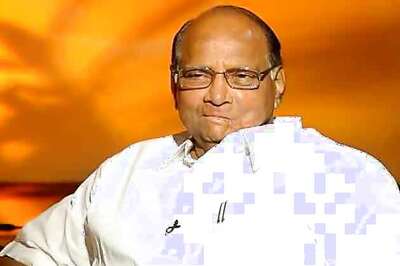



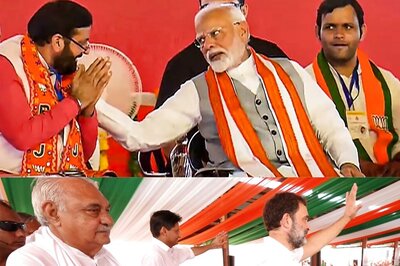
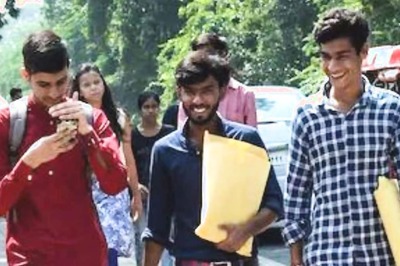
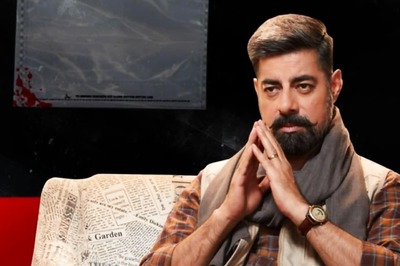
Comments
0 comment